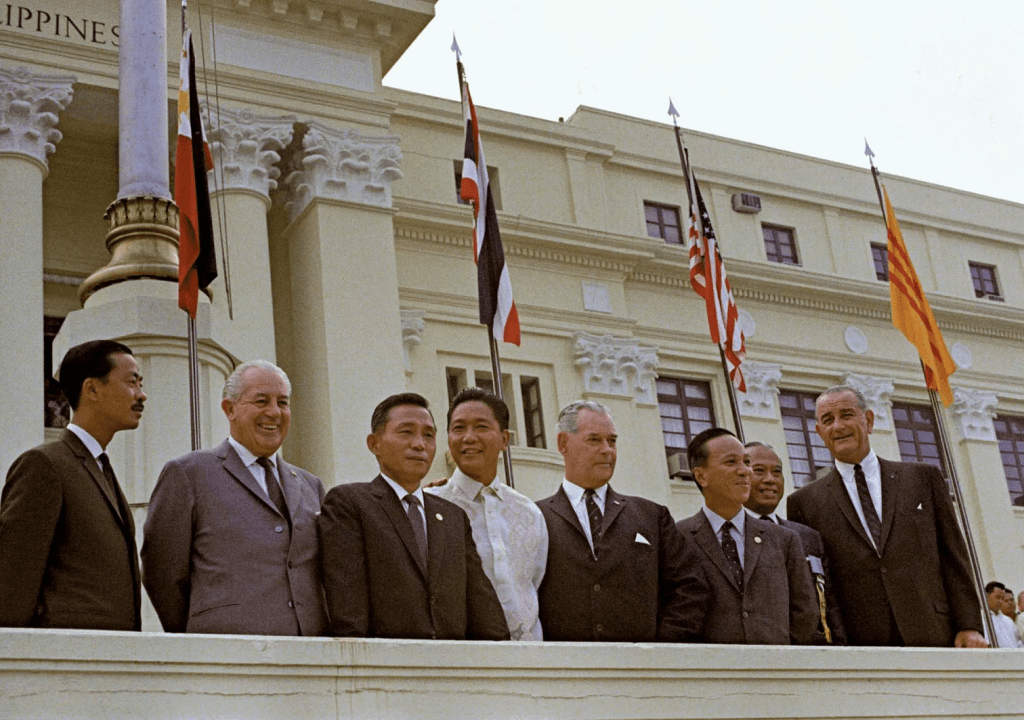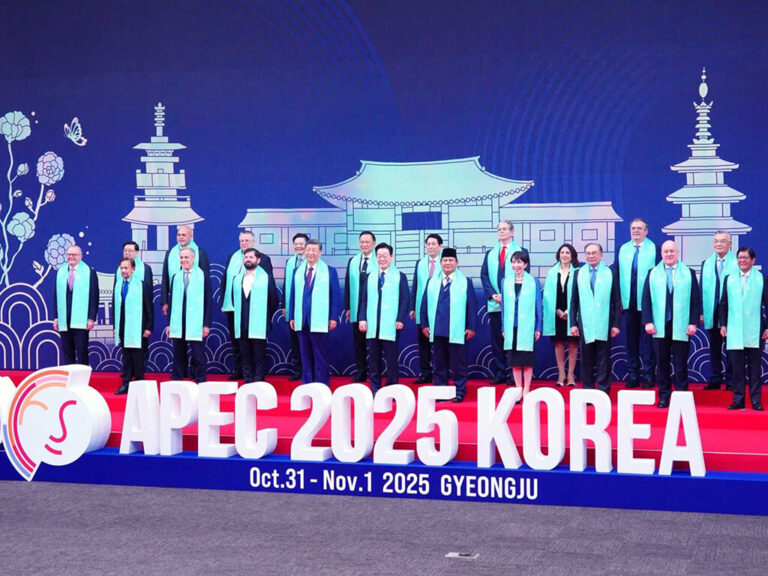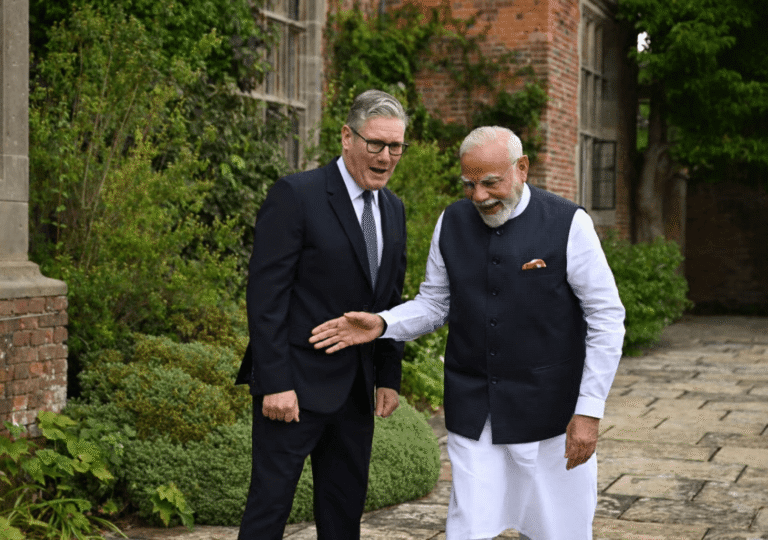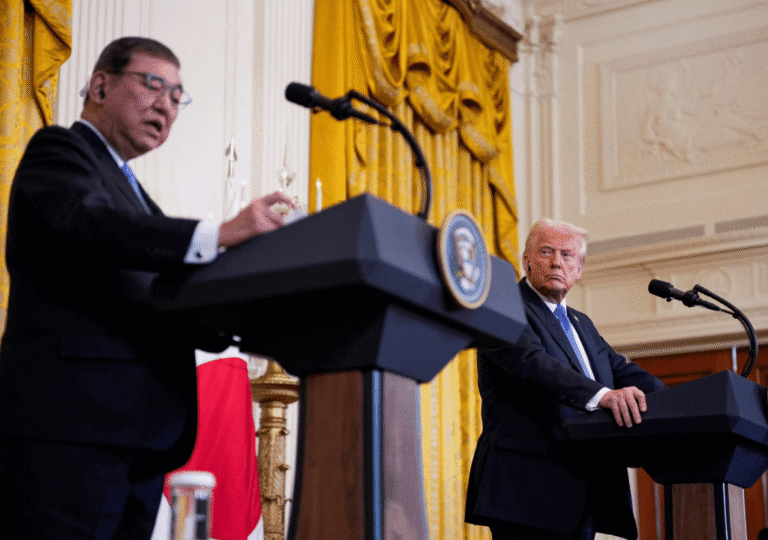NATO, one of the most successful international military collaborations, has helped Europe and the United States defend against communism and the Soviet Union, maintaining a stalemate in Europe and avoiding a possible third world war. Its importance in bringing peace to Europe is undeniable, even though the left and anti-war groups may disagree. While the Soviet Union ended, the might of Russia has kept NATO alive. However, Russia has proven not to be a significant threat to NATO, and the United States now sees the primary threat coming from Asia. The continent is on a journey back to prominence, with Communist China, the world’s second-biggest economy, along with its communist allies and Russia, deciding to challenge the United States and its influence. The United States recognizes these risks and is shifting its focus from the Atlantic to East Asia, strengthening military relationships with Asian countries.
The bilateral military relationships that the United States maintains with countries in the region are slowly evolving into regional ones. Although no official multilateral military organization like NATO has been created, political scientists believe such a coalition is already in effect in East Asia. North Korea, a communist ally of China, has no doubts about this development. North Korean state media have connected it to a recent joint military exercise by South Korea, Japan, and the US, claiming that these drills demonstrate that the relationship among the three countries has evolved into “The Asian version of NATO”.
The three countries recently launched large-scale joint military drills near China, called “Freedom Edge”, involving navy destroyers, fighter jets, and the nuclear-powered US aircraft carrier Theodore Roosevelt. These exercises aim to enhance defenses against missiles, submarines, and air attacks. Conceived at the three-way summit at Camp David last year, the exercise is designed to strengthen military cooperation amid rising tensions on the Korean peninsula due to North Korea’s weapons testing and increasing military ties among Russia, North Korea, and China. Thus, the joint exercise’s mission extends beyond North Korea to include China and Russia.
North Korea’s foreign ministry declared that Pyongyang would not overlook the strengthening of a US-led military bloc and would safeguard regional peace with an aggressive and overwhelming response, according to the KCNA news agency, on Sunday. It is certain that the Chinese government will take note of this development, especially given the increasing number of joint military exercises in the water near China and the disputed South China Sea, which China considers crucial.
According to political analysts, beyond merely connecting allied countries in the region to NATO, the US has cultivated a group of nations capable of forming an inter-military collaboration in Asia similar to NATO. The United States, Japan, South Korea, Taiwan, the Philippines, Australia, and Singapore all fall under US military security in the region, effectively countering China’s influence. For more effective cooperation, a NATO-like body with a secretariat and other administrative structures could be established by the US soon. However, cost remains a significant issue, as there is already criticism from US citizens regarding US spending on NATO, while other member countries contribute less. It is clear that if the Soviet Union was the primary threat last century, China is seen as the primary threat to the United States in this century. Taming China will likely be a priority for the US despite spending issues in the coming decades.
So, it’s not only North Korea’s comments; the United States is likely to move in this direction to prevent potential aggression from China and North Korea in the region. The rapid movements from the US side, including numerous diplomatic talks, military exercises, and weapons trade agreements, all indicate this. Given the failure of SEATO (Southeast Asia Treaty Organization), a US initiative modeled after NATO in Asia, due to disagreements among members, adding new members will likely involve close scrutiny and consideration of their importance.
It will be interesting to see how this process progresses, especially since Chinese investments are significant in Asian countries, and the United States is expected to engage with them. Many Asian countries, which lean toward authoritarianism, may not prefer to align with the US if it means cutting ties with the Russia-China alliance. Only if an aggressive China emerges will a NATO-level multinational inter-military collaboration spanning vast regions be smoothly established.








